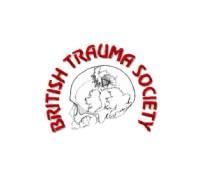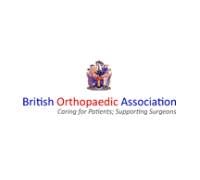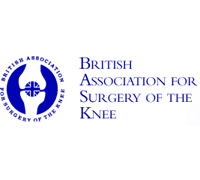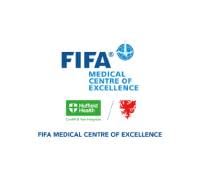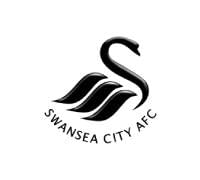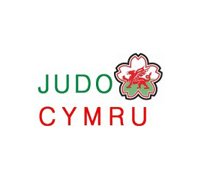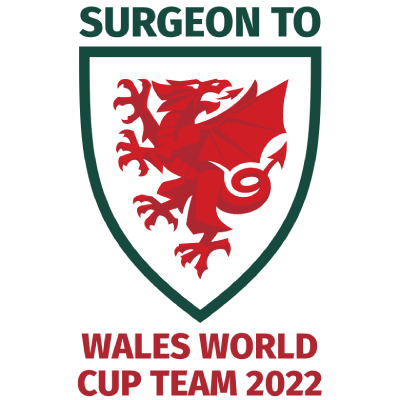Osteotomy is a label that literally means cutting of a bone.
Generally an osteotomy is performed in the lower limb to change the alignment of the leg, either in response to bandy legs or knock-knees. There are several situations in which osteotomy maybe employed; the commonest is for a treatment for arthritis in one part of the knee and where the patient is too active and the functional goals too ambitious for a knee replacement to be useful. Not all patients with arthritis of the knee will be suitable for osteotomy, but those that are, generally report a very good result.
On review of my last 150 high tibial osteotomies, the average patient satisfaction rate was 8/10, which is more than the average for knee replacement. Please see other resources on this website for details of interesting osteotomy cases and a video diary for osteotomy in an osteotomy patient.
The operation is done under general anaesthetic or spinal anaesthetic. It involves cutting of the appropriate bone (depending on the exact deformity) and the realignment of the limb, and fixing of the bone in place with titanium plates and screws.
The operation generally takes between one or two hours and involves one or two nights in hospital. Patients are usually able to mobilise on crutches immediately after surgery without a brace or plaster, but with limitation (around 10kg) of weight-bearing on the limb for six weeks. Driving is generally possible at around the two week mark or when the knee has returned to a full 90° bend. Some swelling and bruising in the first few weeks after surgery are very common and takes four weeks for this to start to settle down.
Some patients are suitable for osteotomy at a stage a long time before full blown osteoarthritis, when the knee is starting cause problems and “fail” as a joint. This can be seen by very early x-ray changes and changes on an MRI scan and especially in patients who already have a degree of abnormal alignment, such as excessive knock-knees or excessive bandy legs (see photos and x-rays). Sometimes early realignment can have a much better result than waiting for full blown arthritis to develop. The difficulty is judging at what stage this type of realignment is a good idea. That depends on clinical experience and on investigations, such as x-ray, MRI scan and bone scan and, of course, on the symptoms reported by the patient. Some interesting examples of osteotomy at different stages of disease are included in the interesting cases section.
An x-ray is generally done at the six week mark to assess bone healing and generally (but not always) at that point the patient is allowed to start fully weight-bearing and to do more challenging physiotherapy.
Osteotomy is an extremely powerful technique which is not offered in many centres in the UK, as many surgeons regard it as unpredictable, which has not been my experience. It is a very common operation on the Continent and its popularity is, once again, increasing in the UK. It can be done in other situations, in early disease of the knee to correct the shape of the knee and to protect some other form of surgery, for example a meniscal transplant, or meniscal repair or ligament reconstruction.
If you want more information on osteotomy go to the osteotomy experts website of which I am a member.








